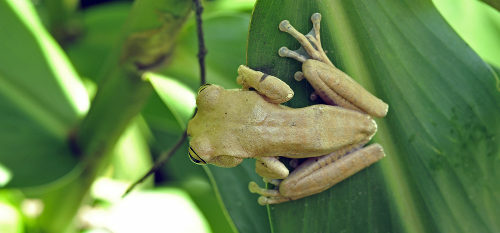The origin of living beings on our planet is still a controversial issue that involves since the hypothesis creationist to evolutionary theories proposed by different lines of thought in the field. scientific.
However, based on the theory of molecular evolution, life is believed to have emerged from the complexity of combinations between chemical elements, which constituted the scenario of Primitive Earth, as suggested by biologist Thomas Huxley (1825 – 1895), later taken up by John Haldane (1892 – 1964) and improved by biochemist Aleksander Oparin (1894 – 1980).
About 4.6 billion years ago, the supposed time that planet Earth was formed as a result of the condensation (fusion) of particles from a large explosion in the cosmos (Big Bang), the Earth would be under strong pressure conditions and temperature.
During this period there was no ozone layer (The3) radiation retainer. In addition to ultraviolet radiation, the planet was also frequently bombarded by asteroids.
According to them, there were constant volcanic eruptions, emitting large amounts of gases (molecules): methane – CH
The environment was extremely reductive, as a result of the inexistence or low concentration of oxygen gas (O2).
However, the formed gases, submitted to strong electrical discharges, had their inorganic arrangements reorganized. Such substances collaborated with the gradual alteration of the atmospheric and “climatic” situation. The global temperature was softening to the point of causing rains that precipitated the substances, concentrating in the seas that formed.
In the seas, molecules increased in degree of complexity, and then organic substances appeared, transforming the seas into an immense nutritious cauldron.
Eventually, the conditions of the nutritious soup that formed in the seas gave rise to coacervates (a junction of complex molecules surrounded by a film of water).
Evolutionarily, with the slowdown of the turbulent situation on the planet, the coacervates (semi-isolated systems) had their chemical reactions complemented, effecting exchanges with the external environment. Increasingly elaborated, the coacervates were probably improved to the point of acquiring a lipid, protein and even nucleic acid composition.
In 1953, through a simulation carried out by scientist Stanley Miller, experimentally reproducing the environment in the laboratory atmospheric of the primitive Earth, resulted in the formation of several organic substances, among them the amino acids alanine and glycine.
Do not stop now... There's more after the advertising ;)
By Krukemberghe Fonseca
Graduated in Biology
Would you like to reference this text in a school or academic work? Look:
RIBEIRO, Krukemberghe Divine Kirk da Fonseca. "Origin of Living Beings"; Brazil School. Available in: https://brasilescola.uol.com.br/biologia/origem-dos-seres-vivos.htm. Accessed on June 28, 2021.



